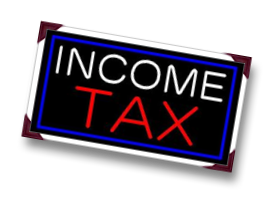Exemption Limit for Individual Tax Payers Raised to Rs.1,80,000
Qualifying age for Senior Citizens Lowered to 60 Years
Senior Citizens above 80 Years to Get Exemption upto Rs. 5,00,000
The exemption limit for the general category of individual tax payers has been enhanced to Rs. 1,80,000 from Rs. 1,60,000 in the General Budget 2011-12, presented by the Union Finance Minister, Shri Pranab Mukherjee in the Lok Sabha today. The measure will provide a uniform tax relief of Rs. 2,000 to every tax payer of this category, besides moving closer to Direct Tax Code (DTC) rates.
Qualifying age for Senior Citizens has been reduced from 65 years to 60 years and exemption limit for Senior Citizens has been enhanced from Rs. 2,40,000 to Rs. 2,50,000. A new category of Very Senior Citizens, 80 years and above, has been created who will be eligible for a higher exemption limit of Rs. 5,00,000.
Exit Norms of the Pension Scheme “Swavalamban” Will be Relaxed
The exit norms of the co-contributory pension scheme “Swavalamban” have been relaxed. Announcing this in his Budget speech in the Lok Sabha today, the Union Finance Minister, Shri Pranab Mukherjee said that a subscriber under Swavalamban Scheme will now be allowed to exit at the age of 50 years instead of 60 years, or a minimum tenure of 20 years, whichever is later.
The Finance Minister also proposed to extend the benefit of Government contribution from three to five years for all subscribers of Swavalamban who enroll during this year and in the year 2011-12. An estimated 20 lakh beneficiaries will join the scheme by March 2012, the Minister informed.
Shri Mukherjee said that this scheme has been welcomed by the workers in the unorganized sector. Over four lakh applications have already been received and the relaxation in exit norms is being made on the basis of the feedback received during the year.
Eligibility for Pension Under Indira Gandhi National Old Age Pension Scheme to be Reduced to 60 Years
Hike in Pension for Those Who are 80 Years Old
Under the on-going Indira Gandhi National Old Age Pension Scheme for Below Poverty Line (BPL) beneficiaries, the eligibility for pension will now be reduced to 60 years from 65 years at present.
This was announced by the the Union Finance Minister Shri Pranab Mukherjee while presenting the Union Budget 2011-12 in the Lok Sabha today.
He also announced that the pension amount is being raised from Rs. 200 at present to Rs. 500 per month for those who are 80 years and above.
Source: PIB

